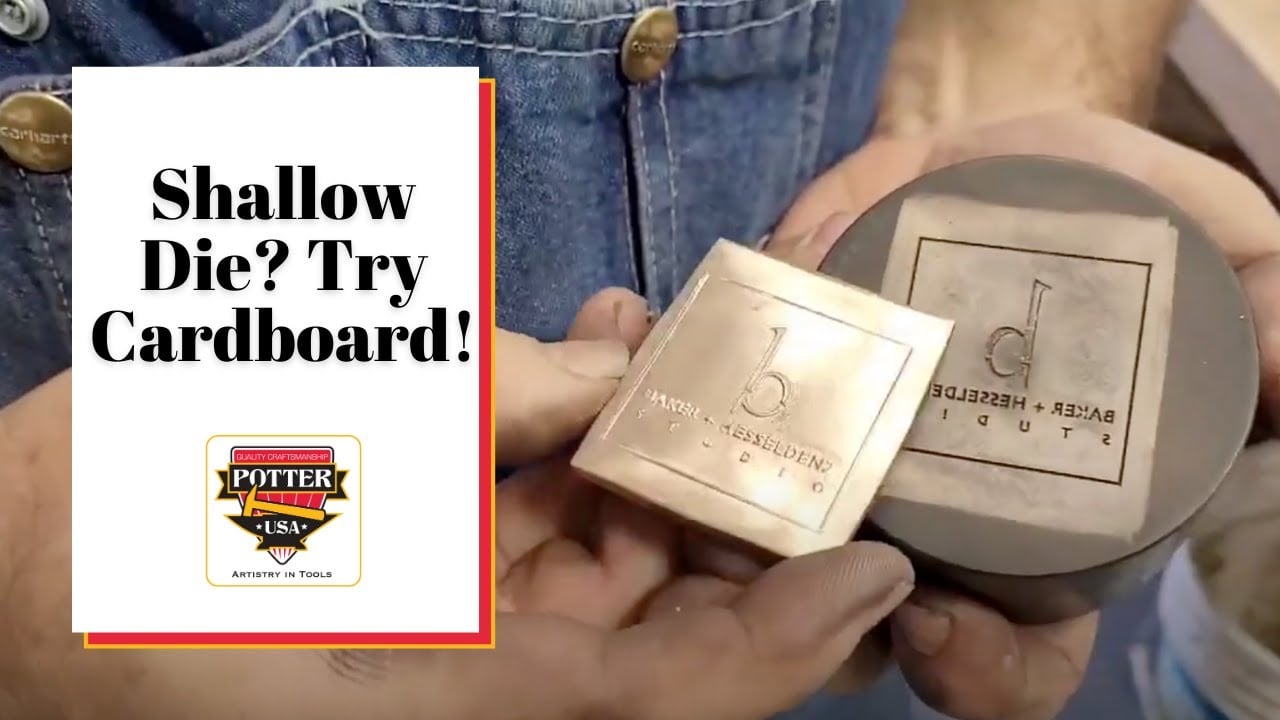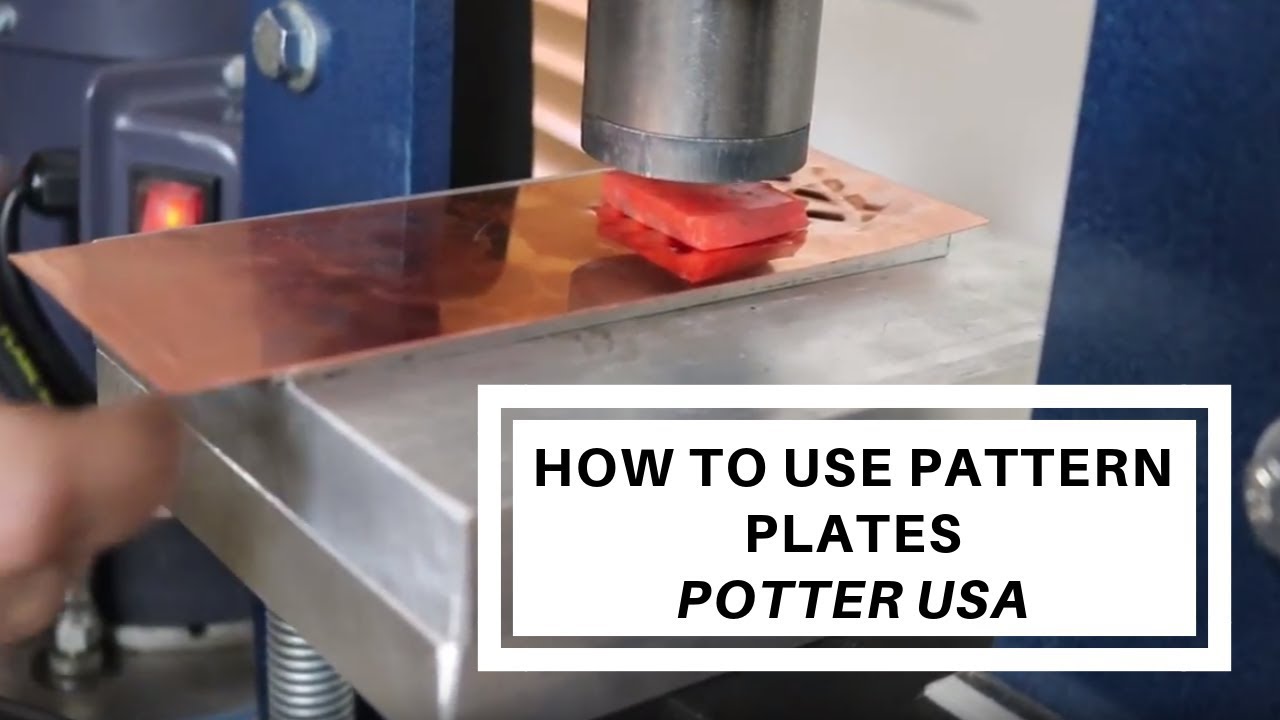Hi ,
I’m wondering if you could compare the “pressing power” of a standard 5 inch bench vise to the pressing power of an arbor press: 1 ton, 2 ton etc. I’ve used the vise with steel dies to press patterns into 24 gauge sterling sheet but it’s a slow process and requires an extension (2 foot length of pipe) to the handle.
Thanks
I’ve done it both with my vise and 1 ton arbor press. I found the arbor press slightly easier perhaps because the press operates with a pull down movement, and its easy to put your weight into it, while the vise is harder to control for this. And the arbor press lets you just place your work flat on its anvil, then concentrate on the pressing, while with the vise there is always a bit of juggling to position and hold things in place till the vise is tightened enough to hold. Whether one puts more pressure or power into the metal I can’t say. I think my vise did. But I have a cheap harbor freight arbor press vs a decent Craftsman vise. Neither the vise nor arbor press can hold a candle to tools actually designed for this like my Bonny Doon 20T press, or Kevin Potter’s equivalent ones, or for those pattern plates designed for it, a sturdy rolling mill. Of all of them, putting sheet metal and a pattern plate through a rolling mill is by far the fastest… at least for me… neither a vise nor arbor press seem to work well for more than smaller work.
Matching the work to the tool is always best. An Arbor press forces the power directly into the work. A vise runs force a tiny bit off center which may create a problem over time to the vise it self. Nothing is going to beat a hydraulic press for this work. In some cases 20 tons isn’t necessary for the press work we are doing. And we often do enough to get by with gear we have.
Don Meixner
Lacking a press or a rolling mill, the only suggestion is to do chase and repoussé.
Judy H
I’m experimenting with the vise to make 3 dimensional shapes from small pieces of 18 gauge sheet. It works but it’s rather slow and unpredictable. As Peter mentioned, an arbor press has an easier direction of attack due to its orientation.
For the amount of metal formation/deformation I want, a hydraulic press probably isn’t needed.
I’m wondering what the designations “1 ton”, “2 ton” etc. actually mean.
Would a 2 ton press require half the effort of a 1 ton press to have an equivalent effect?
hi john,
are you using urethane as a pusher?
julie
Much more primitive than that.
I’m cutting the sheet into rough shapes and putting those shapes directly between the jaws of the vise.
Kind of forging the metal using the vise instead of a hammer.
I once taught someone to use a length of pipe for extra torque; the next day, the vice was in two pieces. I suggest the arbor press is your better option.
hi,
ok so you are using target metal against a steel cut die…
you are pressing in a vise…
i think you need a softer than metal pusher that can spread and force the target metal into the die…from behind…?
oh! here kevin potter used cardboard, interesting
kevin potter youtube channel has many interesting videos
julie
Julie, thanks for the video link!
Mimlitsm, thanks, I’ll take your suggestion; an ounce of prevention is worth 20 lbs of scrap iron.
hi,
ok…wait…i may be confused…
…so you are not trying to push metal down into an impression that has been cut out…?
…rather, you are cutting out shapes and then pressing the shape into the metal…?
is that correct?
julie
hi
every time i watch kevin potter youtube videos i want to get a hydraulic press and pancake dies! (still on the bucket list)
i think he has the largest collection of dies…he has many videos documenting his many purchases of old factory dies and related equipment…amazing to watch…
melissa muir youtube channel has many great videos using dies and press as well, from a few different makers…
julie
Hi Julie, any confusion is probably my fault for talking about a couple of different things in the same post at the beginning of this thread. All your input is valuable and welcome! Thanks!

